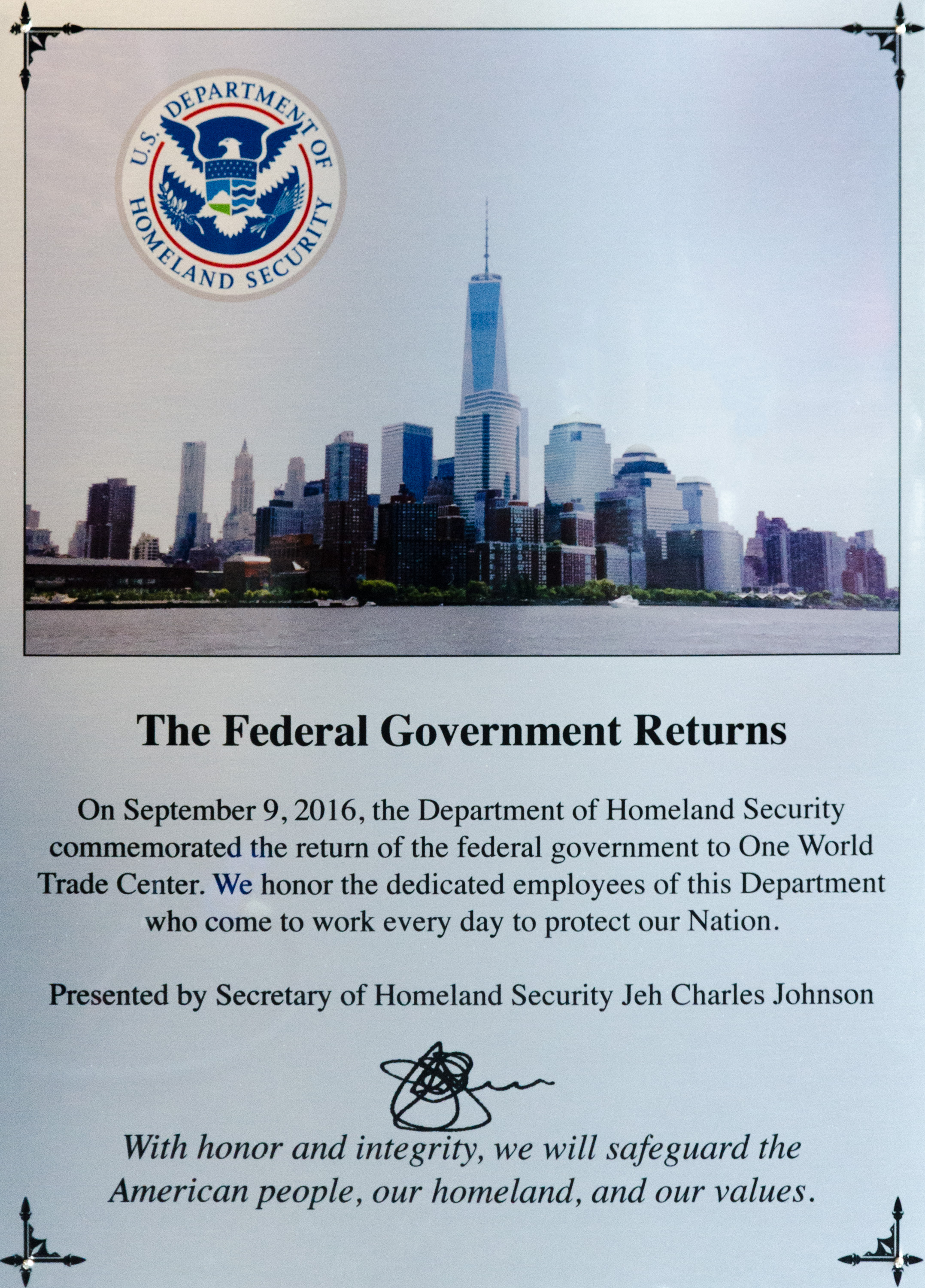Please note: These videos contain news images and personal stories of September 11th. Some viewers may find the content disturbing.
We remember the sorrow of September 11, 2001 and also the dedication, commitment and strength of those who responded to the tragic events. Read stories and first-hand experiences from FEMA staff who served on that day.
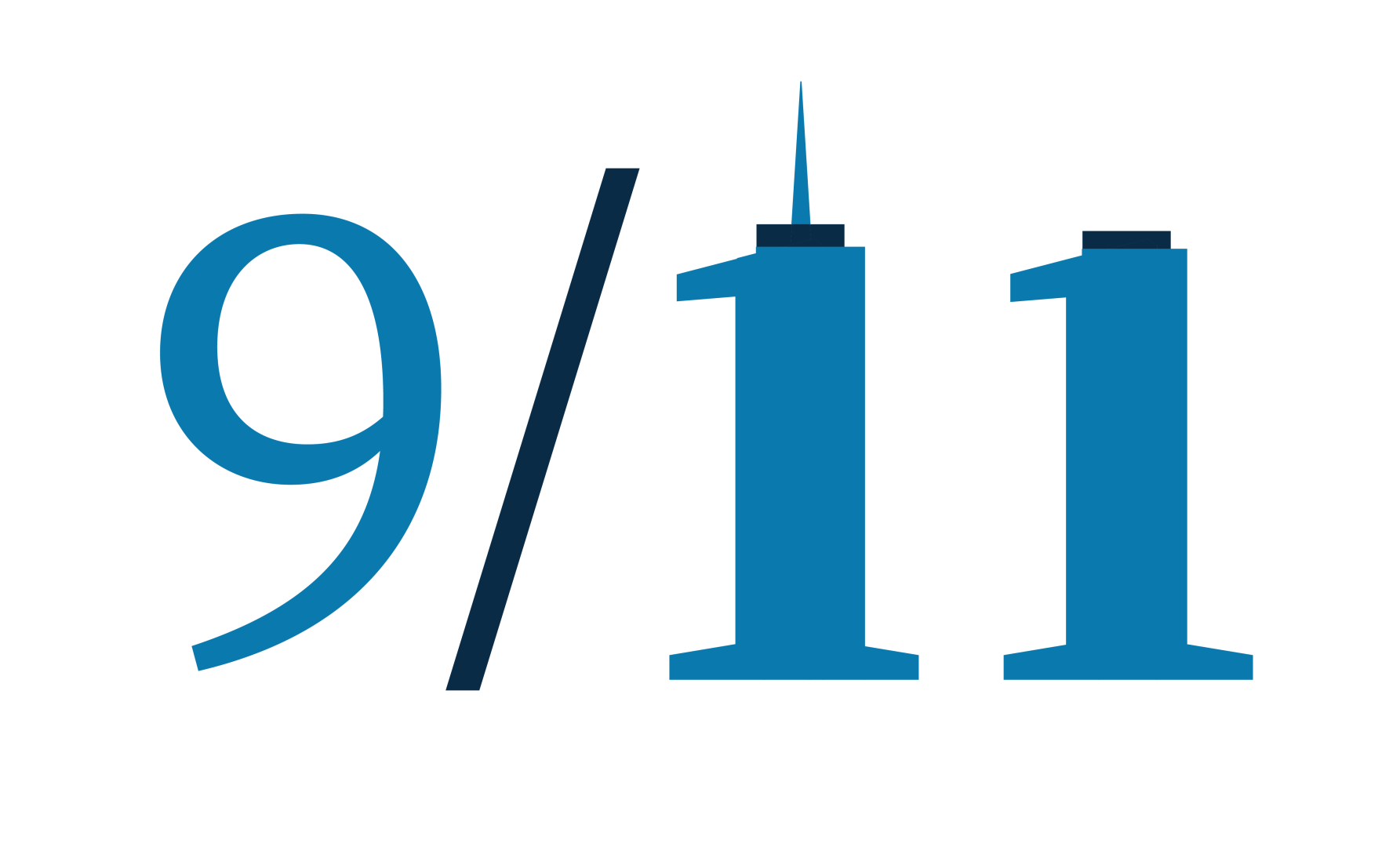
Our Stories in Videos & Quotes

Browse below for videos, quotes and blogs. You can also view all videos on FEMA's YouTube playlist or jump to all September 11 blogs.
Berl Jones, former Executive Administrator Mt. Weather
A volunteer firefighter at the time, Berl was assigned to the Pentagon to fight the fire on September 12.
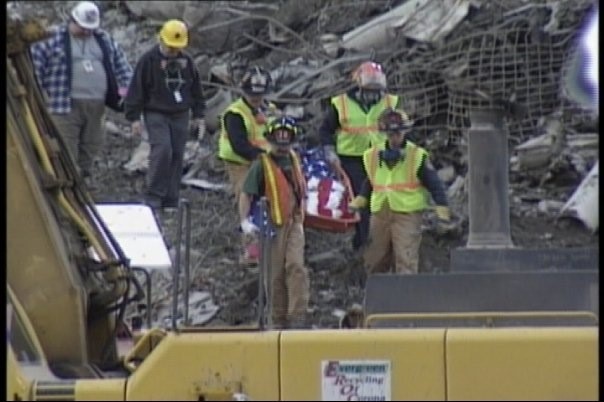
Blog
FEMA Public Affairs Specialist Paul Luke captured this image of rescue workers carrying a casket covered in an American flag out of the debris after the 9/11 attacks.
Read Paul's story about how 9/11 changed the way FEMA documents disasters.
(Video) Tom Von Essen, Fire Department of New York Commissioner and former FEMA Region 2 Administrator
On 9/11, Tom served as the fire commissioner for New York City. He was one of the first people on the scene at the World Trade Center.
(Video) Patrick Cornbill - former Federal Coordinating Officer for FEMA
Patrick, a native New Yorker, responded as part of FEMA’s community relations following 911.
"I was one of many volunteers at an impromptu call center which contacted next of kin to our teammates serving at the Pentagon… During that time, all commercial aircraft disappeared from the skies. It would be days before I would see any planes in the sky above me as I walked to and from home, and it was a great comfort to see that tentative step toward normalcy."
— Joel Doolin, FEMA Resilience National Preparedness Directorate National Assessments & Integration Director, who was serving active duty in the Navy and was stationed in Memphis, Tennessee on 9/11.
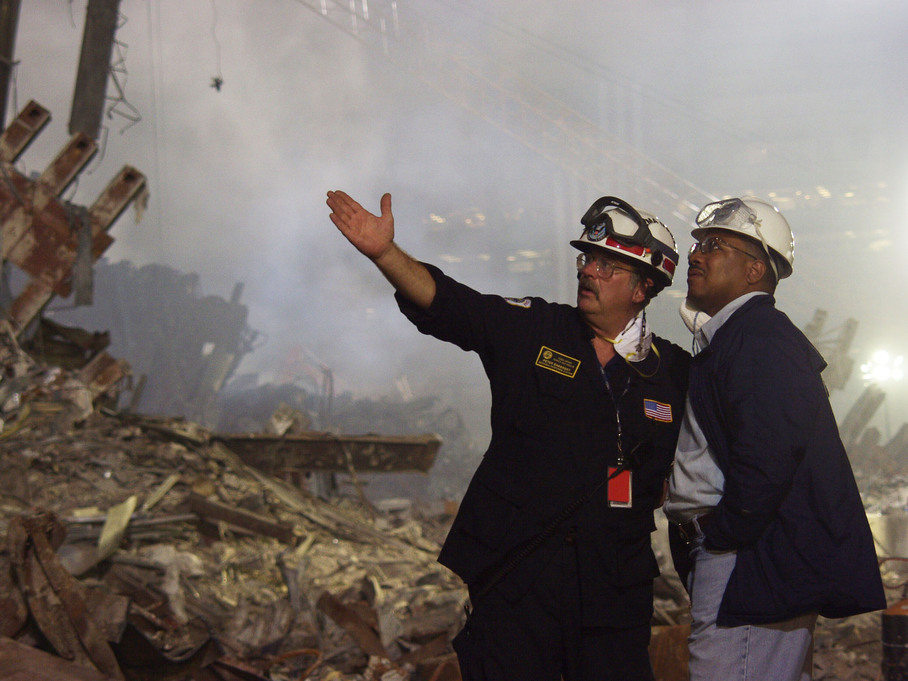
“We lost the task force, good friends of mine, guys I went to school with, we lost. Once I got there my mind could not fathom, I could not process that this pile used to be a tower. It was very difficult initially. But then again, I had a job to do.”
— Pete Bakersky, who was originally from New York, served as the ESF 9 Group Supervisor for FEMA’s Urban Search and Rescue efforts at Ground Zero. Pete retired from FEMA in 2016. He passed away in 2020.
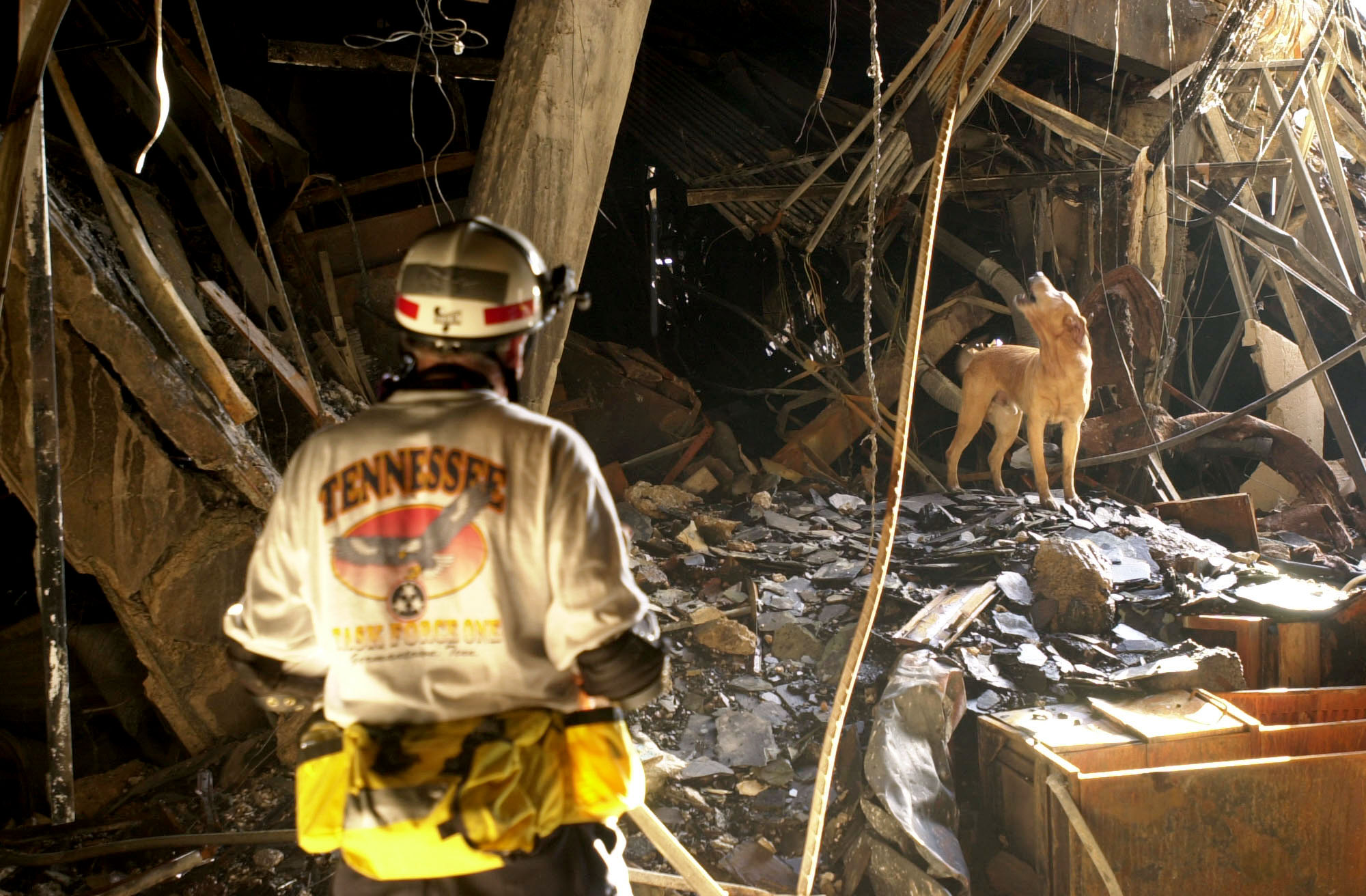
“Photographing the Pentagon after 9/11 was a true honor… Covering an event such as this is not something that ever leaves you—the memory is like a fine saffron thread that is embedded in your soul—forever.”
— Jocelyn Augustino, Visual Imaging Specialist Manager who worked as a FEMA photographer onsite at the Pentagon following the attacks.
(Video) Steve Sterling - former Denver MERS Chief
On 9/11, Stephen was deployed to New York to support FBI operations.
“We worked two weeks straight, searching for any survivors or victims. Even the smallest act of service and the simplest act of kindness is a way to honor those we lost. If we learn nothing else from this tragedy we learn that life is short and there is no time for hate."
— John Kosciolek Jr., FEMA Disaster Survivor Assistance Branch Director, who served as a fire fighter at Ground Zero.
“As my cab turned onto 16th Street near the White House, I saw tanks and artillery batteries in the streets of my city. At that moment, the emotional protection of being a FEMA employee with a mission evaporated. I was just fearful and sad. I was just an American.”
— Christi Harlan, who served as FEMA's Director of External Affairs on Sept. 11, 2001
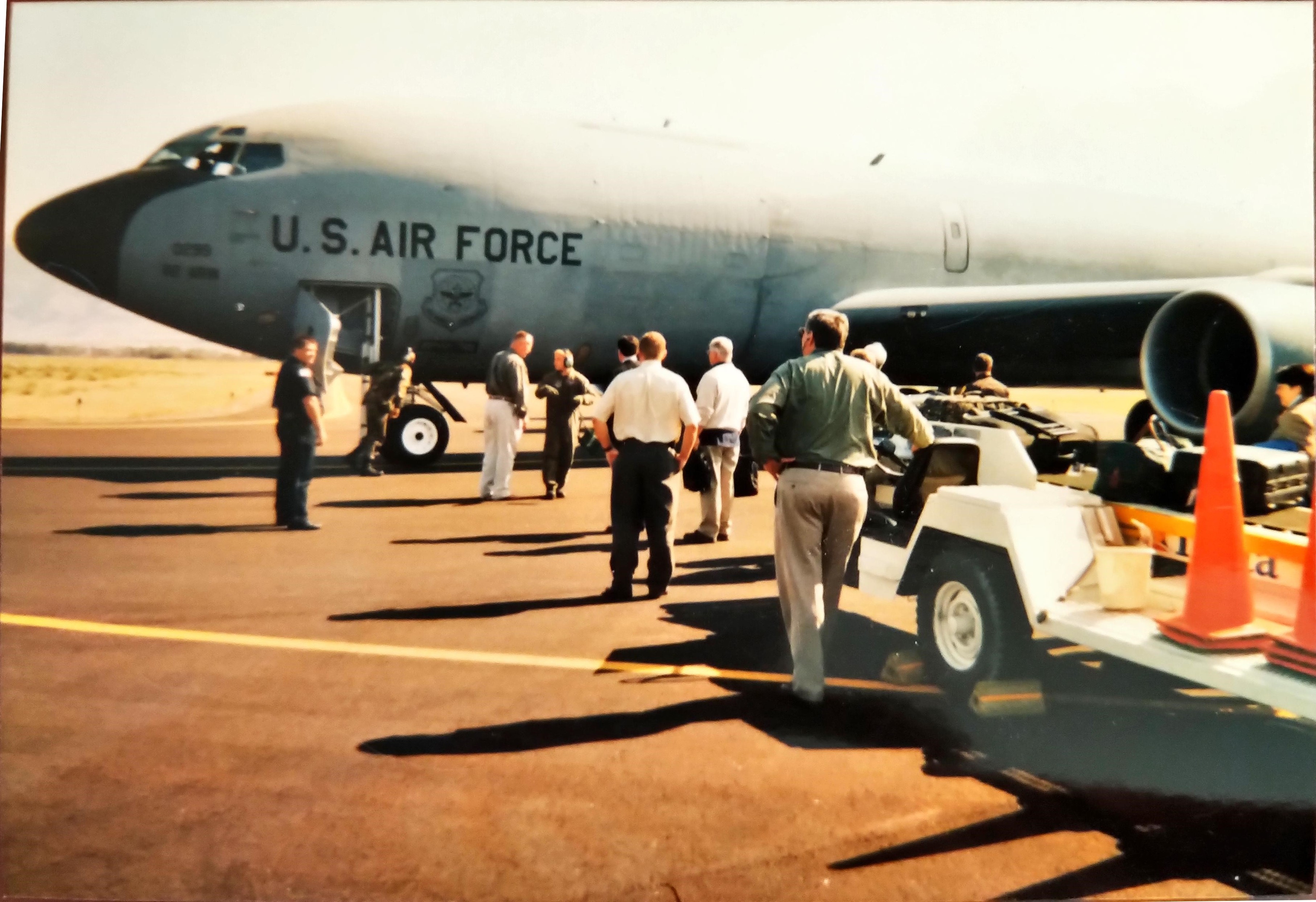
(Video) Lai Sun Yee - former Federal Coordinating Officer for FEMA
The morning of Sept. 11, Lai Sun was working at the NYC Office of Emergency Management at the World Trade Center.
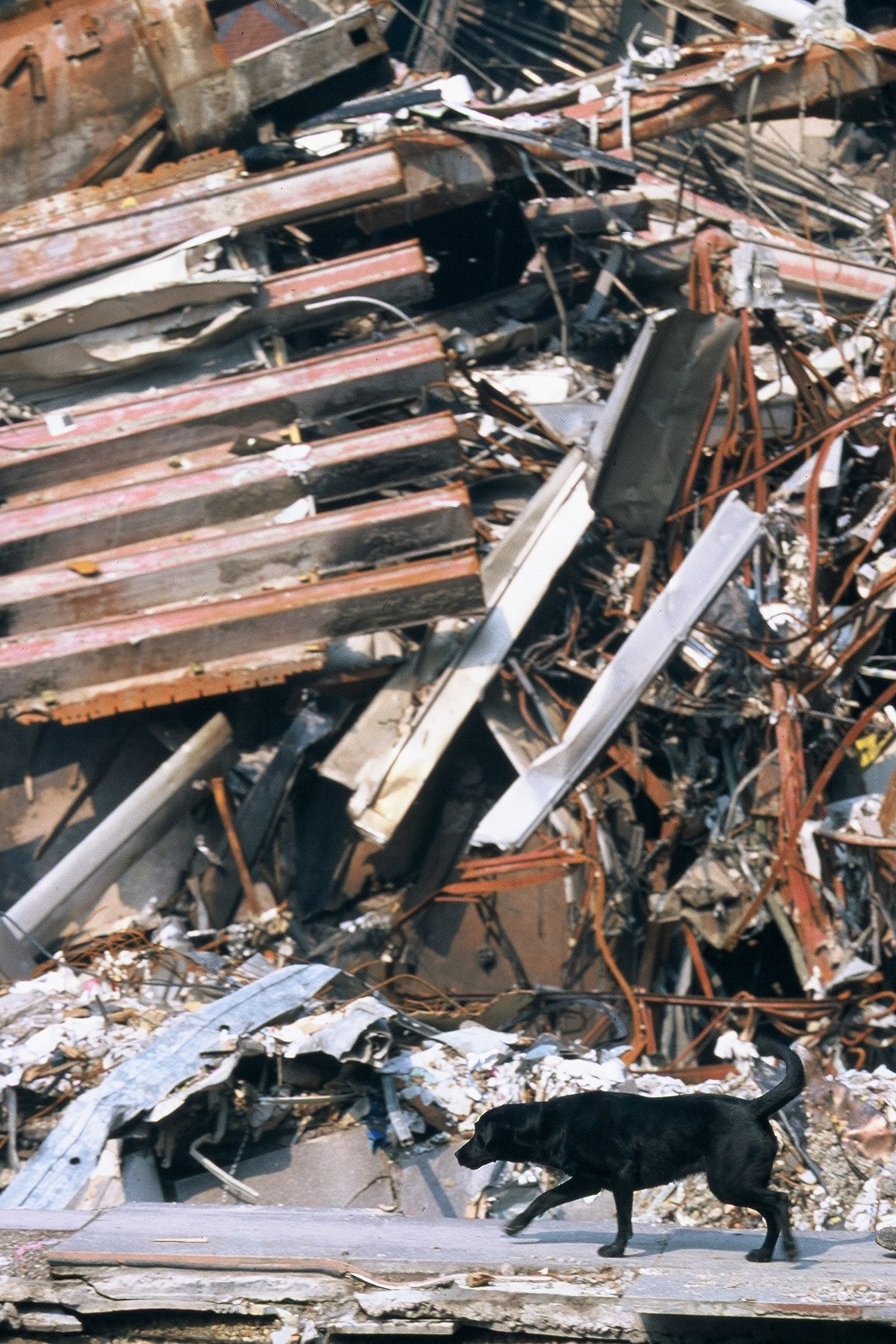
“Photographs I took of ground zero are, I’m told, in the Smithsonian Institute’s archives. One image I captured, of a search and rescue dog, hangs in my living room today. It’s a reminder of how my life, all of our lives, changed on 9/11. It’ll never be the same; it’s been divided into before and after.”
— Amanda Bicknell, Mitigation and Risk Communication Specialist, who served as a public affairs specialist for FEMA on September 11.
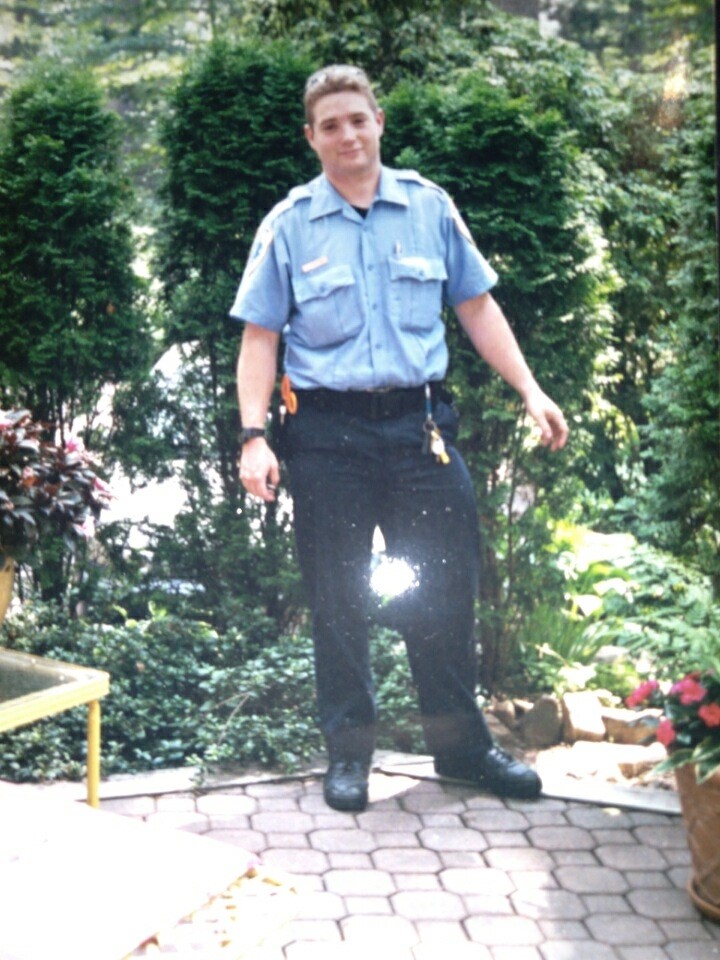
Blog
On the morning of September 11, 2001, the skies were clear. Joel Pirrone, now an emergency manager at FEMA’s National Response and Coordination Center, knew that a cloudless sky meant that a plane hitting one of the twin towers was probably not an accident.
(Video) Stacie Greff - former Public Affairs Specialist
At the time, Stacie was a FEMA reservist in public affairs. She led FEMA's public affairs efforts in New York City, and also supported Washington, D.C., coordinating the media response after the attacks.
(Video) Donovan Puffer - former Region 8 Deputy Recovery Director
Donovan supported operations in NYC, Pentagon and Shanksville, Penn.
“During Sept. 11, 2001, there was a real dichotomy of feelings among the staff. We were shocked. We were saddened. We were angry. But we were also determined to answer the call to action, and we did. Following the attacks, I served as a subject matter expert on national security contingency operations and worked as many as 195 hours in a single, two-week pay period. Although Mount Weather was only 40 miles from my home, I was deployed to the facility for over 250 nights, and we spent nearly every waking moment in response to this attack and in support of our mission.”
— Kurt M. Stoliker, former Director, National Programs Office at the Mount Weather Emergency Operations Center who served as a national security contingency expert at FEMA following the September 11 attacks.
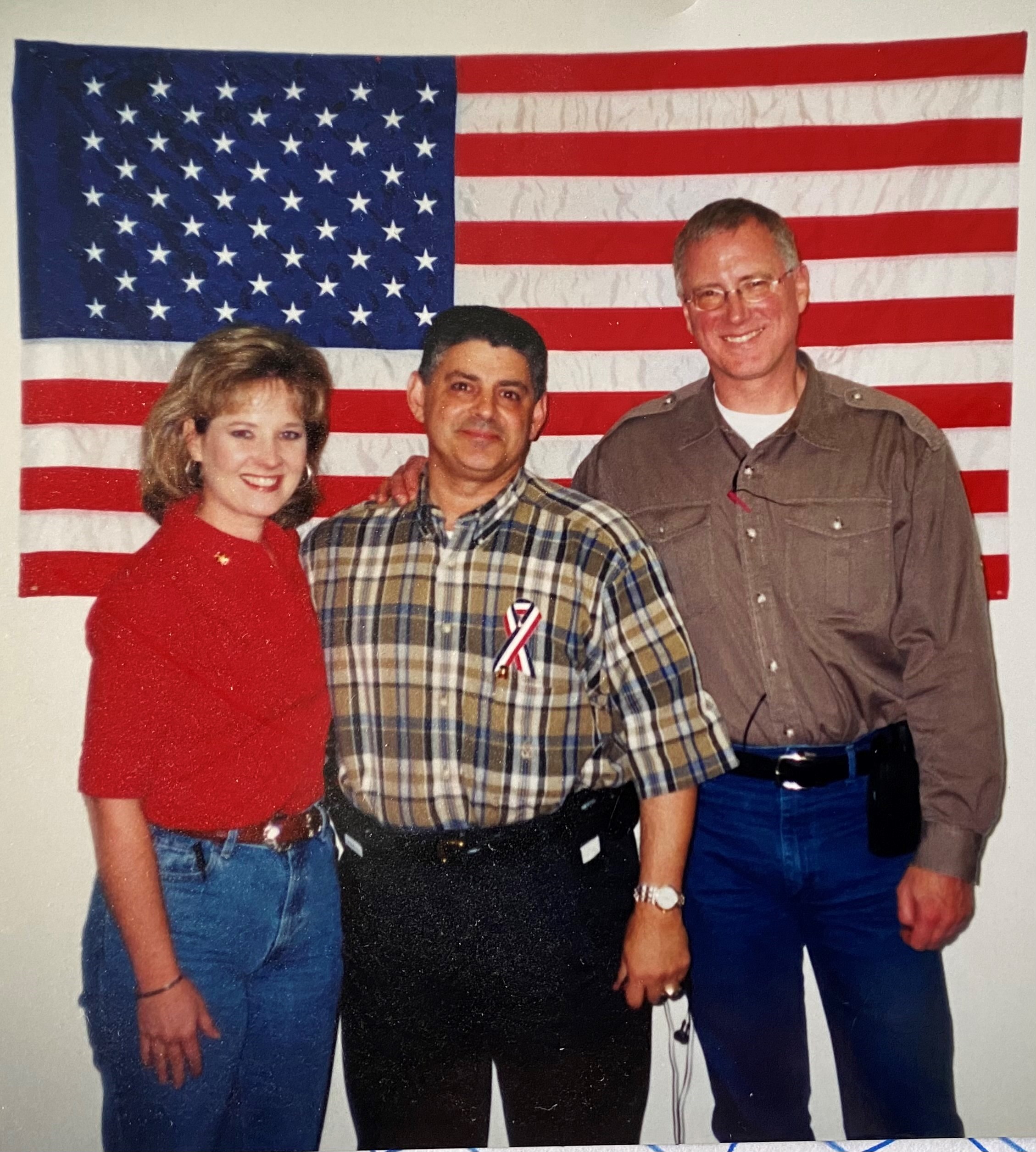
“What I witnessed and lived through during the days and weeks after September 11, 2001, has forever changed the person I was on September 10th and the person I am in 2021. What was meant to destroy has made me and so many millions of others in this country more resilient. We love our country and will always do whatever is necessary to protect and defend it.”
— Lisa Nine, Preparedness Officer in GPD’s National Programs Branch, who worked in New York City to solicit and coordinate donations from all over the world to rebuild the U.S. Secret Service New York Field Office operations after the terrorist attacks on 9/11.
(Video) Tom Fargione, FEMA Reservist
On 9/11, Tom served as a New York State police officer. He was sent to manage and coordinate events at Ground Zero.
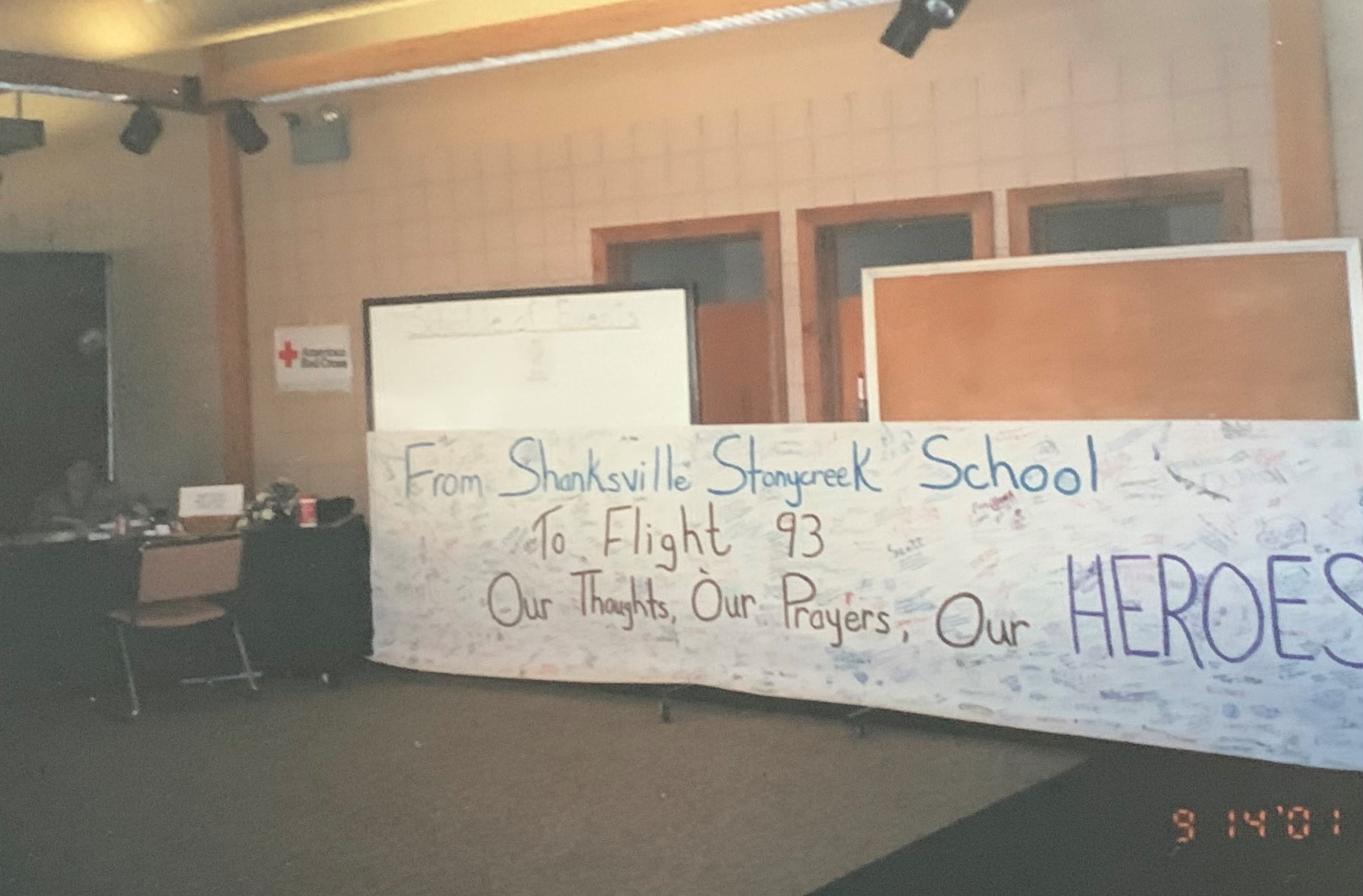
Blog
Amy Gabriel couldn’t find a song on the radio the morning of September 11, 2001. She was driving four hours to Shanksville, Pennsylvania in a Red Cross vehicle to respond to the Flight 93 tragedy. There was no cassette or CD player in the vehicle, so she had nothing to distract herself from her thoughts.
(Video) Alejandro De La Campa - Puerto Rico
Alejandro led the FEMA Public Assistance program to support local, state and federal governments in their response and recovery efforts. The program paved the way to recovery.
(Video) Michael Rieger, former FEMA photographer
In the aftermath of the Sept. 11 terrorist attacks, ground zero was closed to the media: capturing the historical significance of the event was tasked to FEMA videographers and photographers.
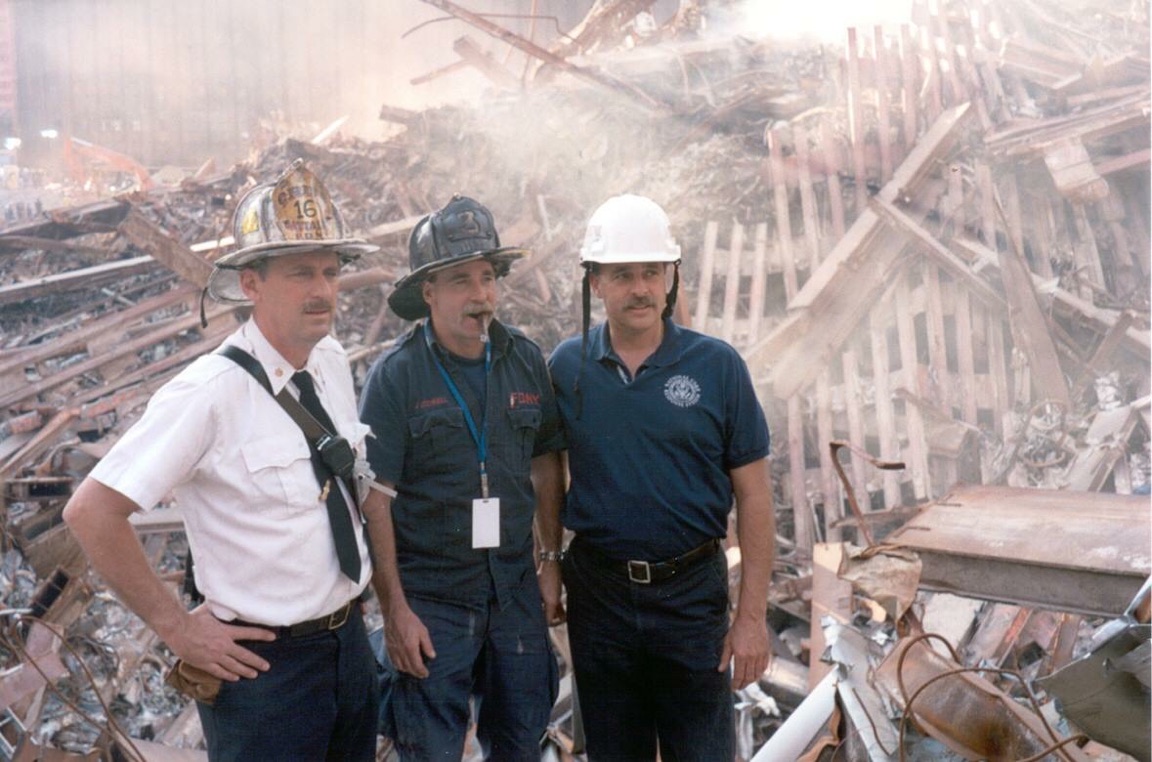
Blog
“It brought the country together… It demonstrated that we are capable of coming together, putting our resources, our talents and our energies together to try to affect the common good.”
— Fred Endrikat, former Chief of the FEMA Urban Search and Rescue Branch, who served as the FEMA Urban Search and Rescue Operations Chief for the World Trade Center response.
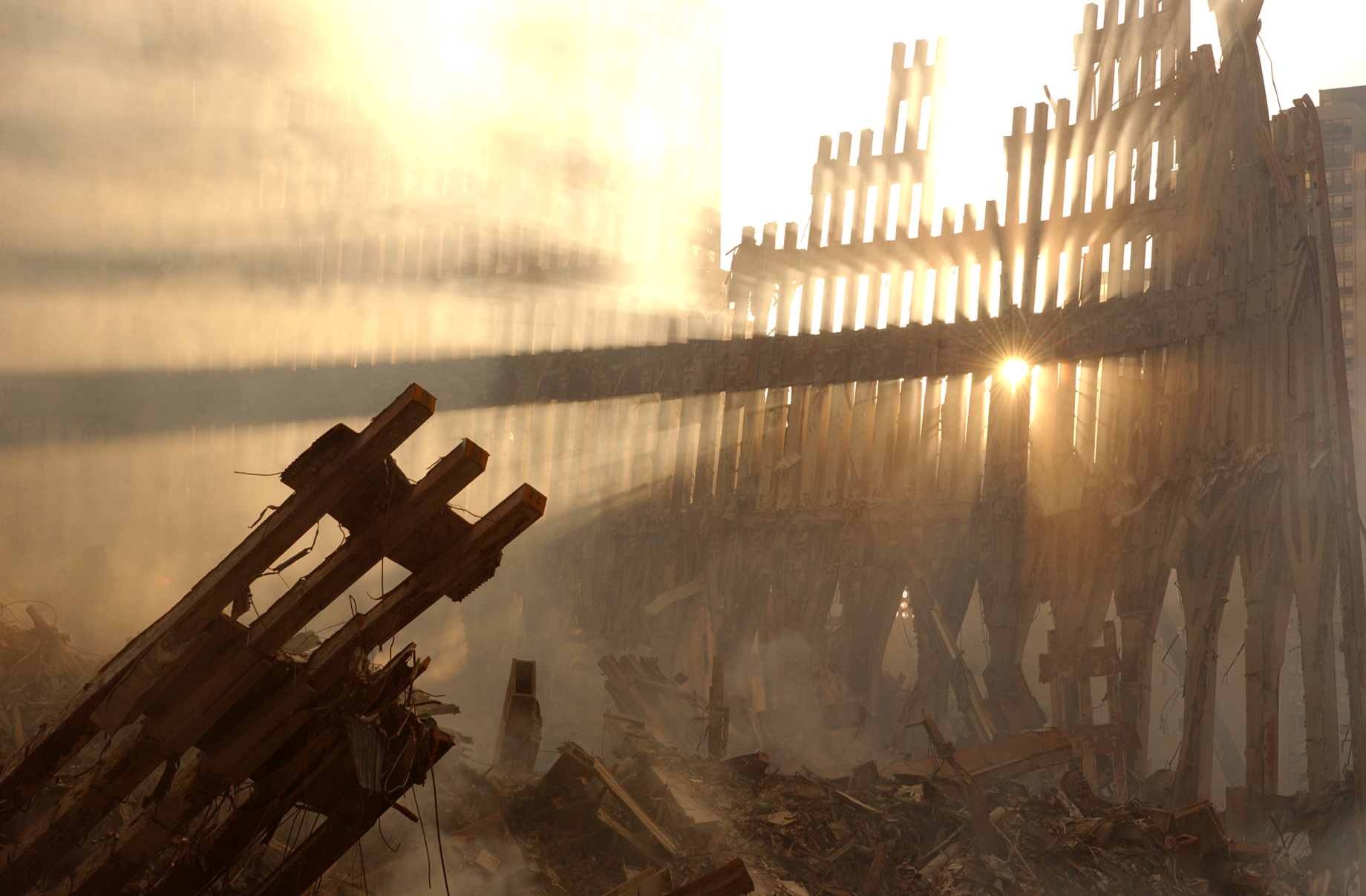
"This was one of the first images I photographed for FEMA at Ground Zero. The light and smoke sifted in and out of the site, revealing areas and hiding others. This image reminds me of the tremendous hope we had early on, that we would find survivors."
— Andrea Booher, former FEMA photographer
Snapshot of FEMA's Response
Sept. 11, 2001: President approves New York Disaster Declaration.
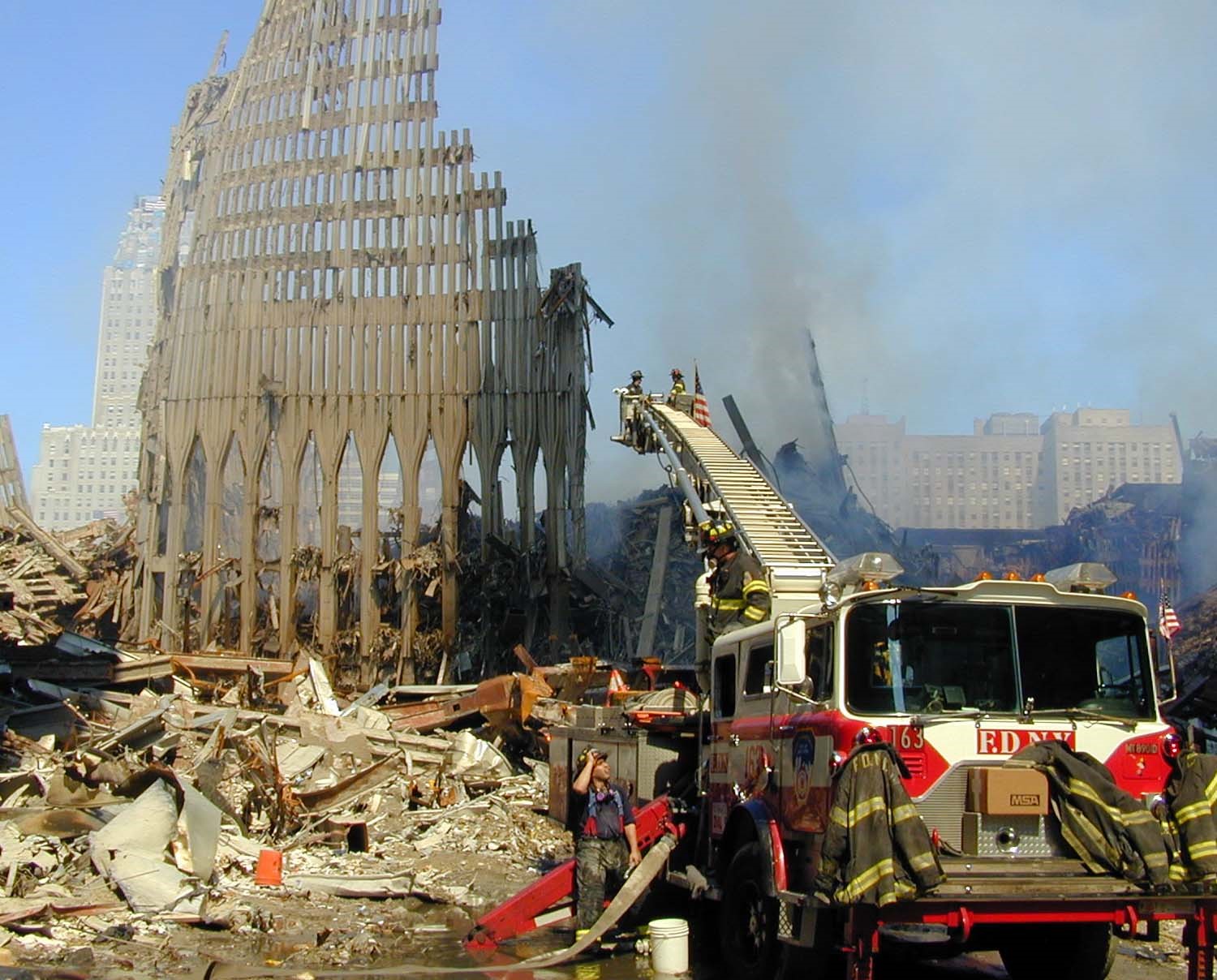
Sept. 21, 2001: President approves Virginia Disaster Declaration.
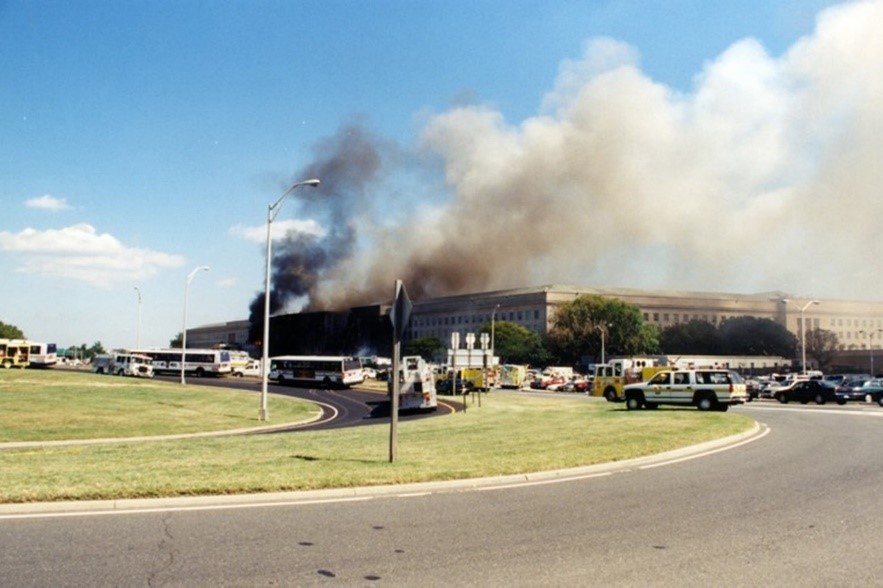
FEMA deployed 26 urban search and rescue teams. Twenty-one teams went to New York, five went to the Pentagon in Northern Virginia. These teams searched tirelessly to locate survivors and victims.
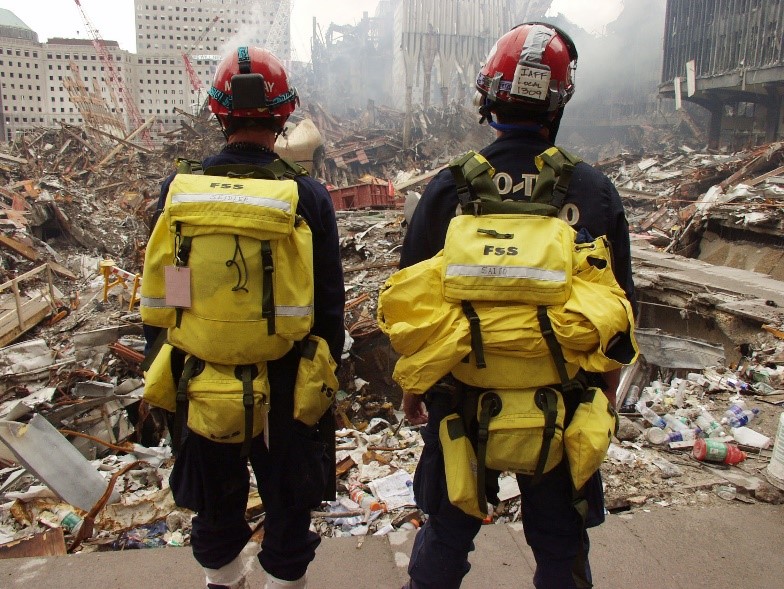
FEMA deployed more than 3,400 employees to New York and 17 to New Jersey. These employees helped survivors receive assistance and worked with federal, state and local government stakeholders during the response and recovery phases.
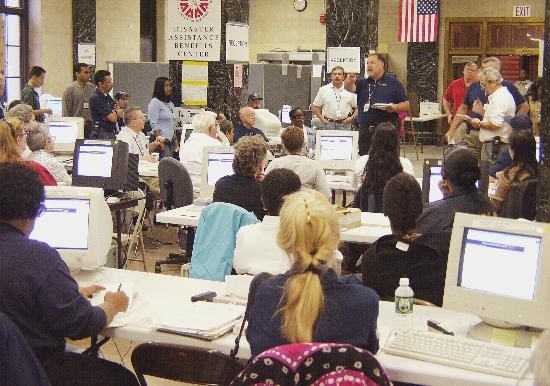
The U.S. Army Corps of Engineers removed 1.6 million tons of debris from Ground Zero in a 1.7-million-hour operation.
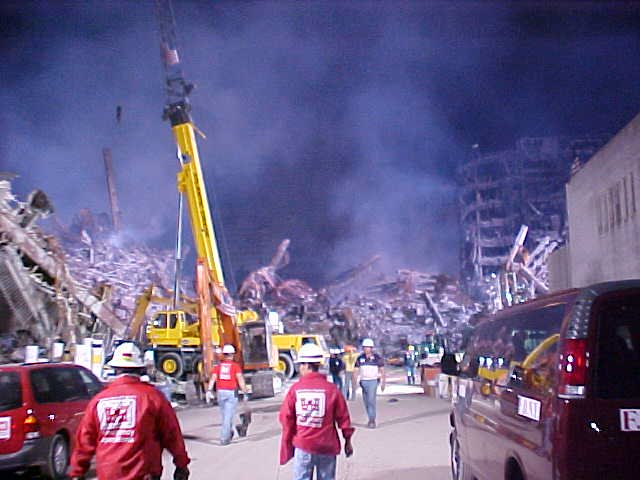
FEMA grant funding provided more than $295 million to the New York City Police Department in overtime costs and $5 million for destroyed vehicles.
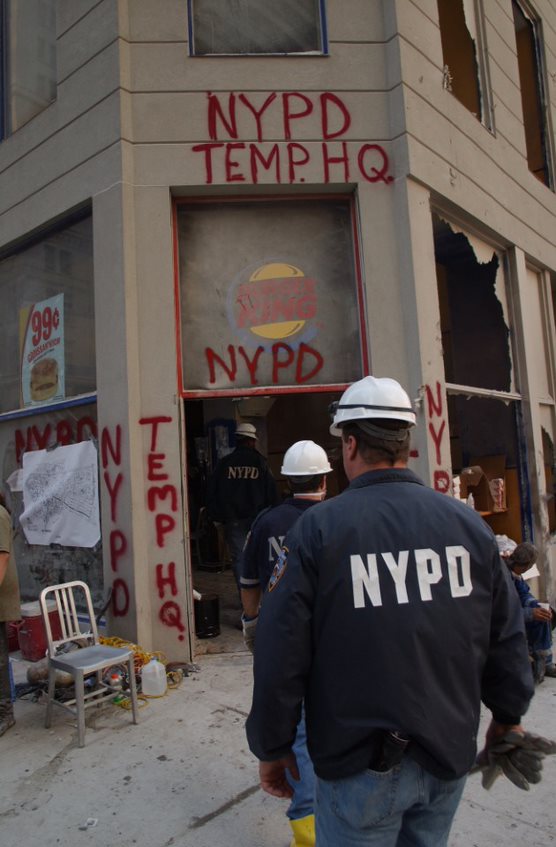
FEMA grant funding provided more than $28 million to the New York City Fire Department for vehicles destroyed in the fire.
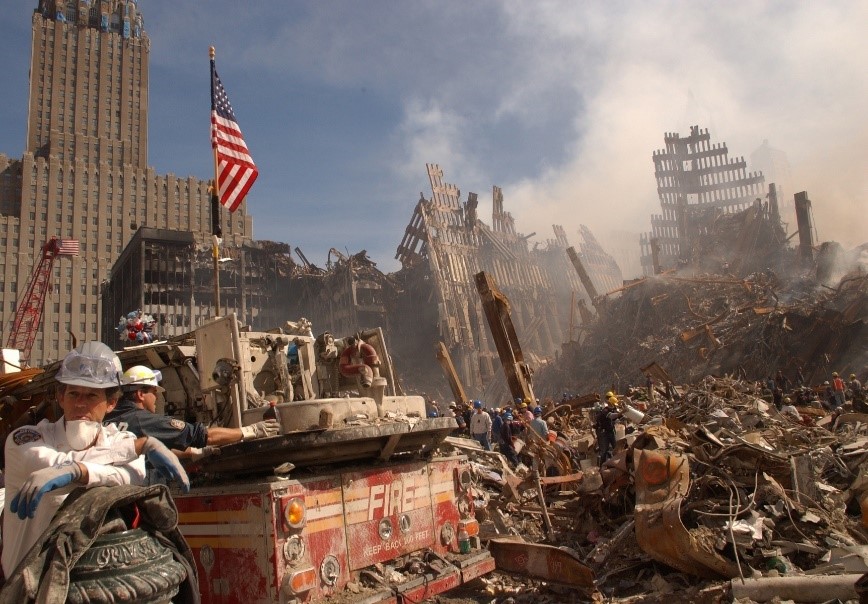
FEMA provided more than $130 million to survivors in the New York City area, including $41.5 million in mortgage and rental assistance.
FEMA provided more than $14.5 million to survivors in Virginia. These funds helped with everything from crisis counseling in the immediate aftermath to compensation for lost wages.
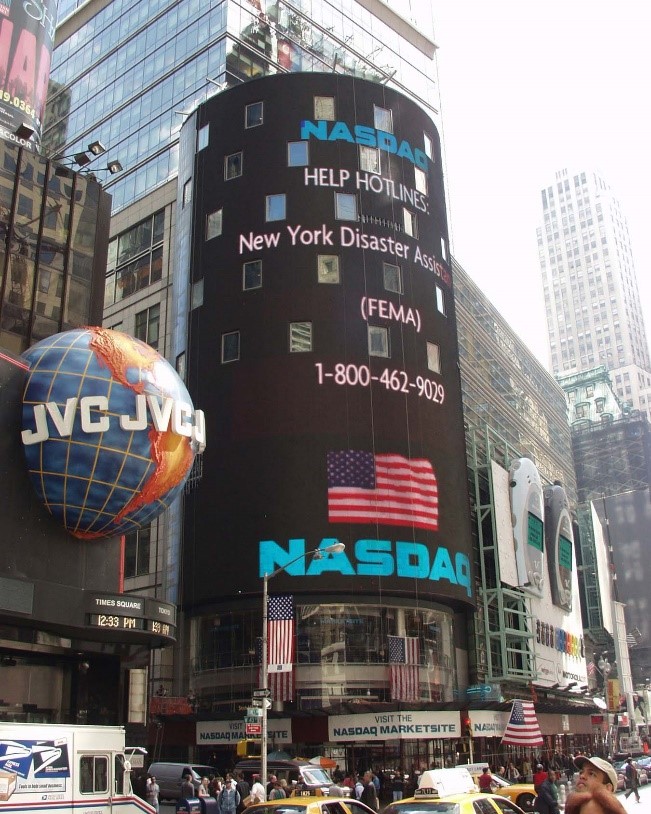
FEMA grant funding provided more than $238 million for projects to help New York area communities recover by rebuilding or restoring infrastructure, transportation, and other public facilities. In addition, FEMA grants funded more than $2 billion in debris removal, emergency protective measures and response activities.
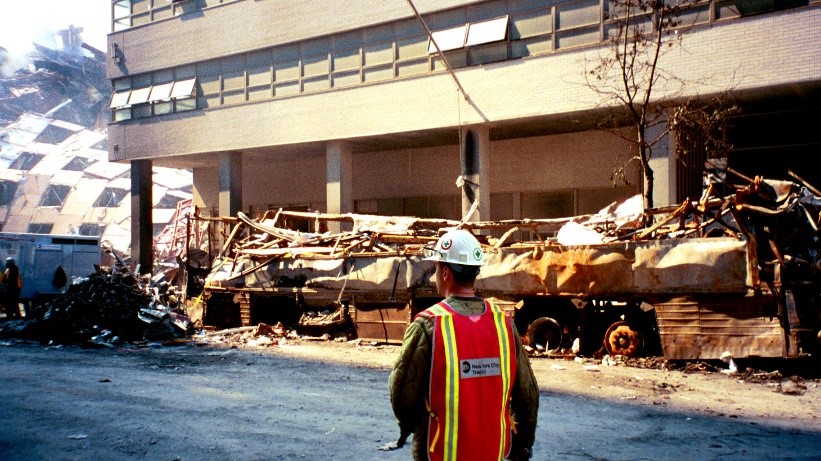
FEMA grant funding provided more than $4.8 million to help Virginia communities rebuild or restore infrastructure, transportation, and other public facilities.
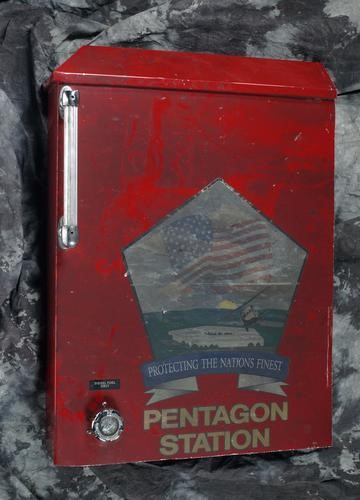
2003: The Ready Campaign, a national public service campaign designed to promote preparedness through public involvement.
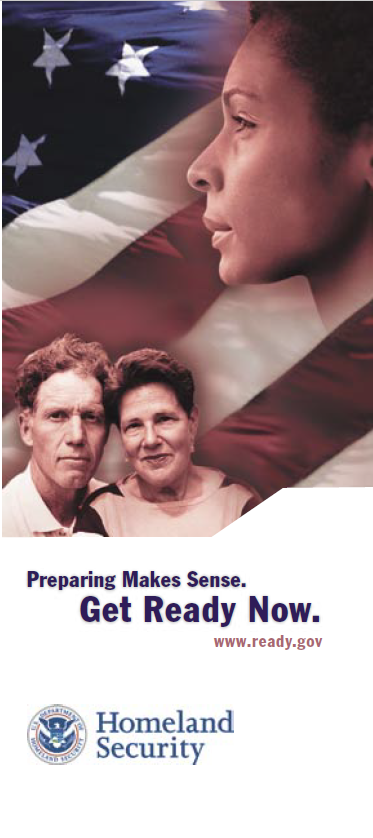
March 2003: FEMA became part of the Department of Homeland Security.
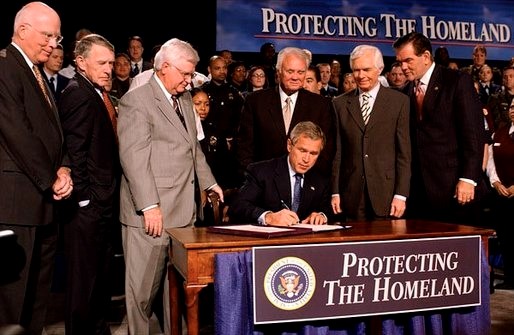
2004: National Preparedness Month launched as a national campaign to be held each September to honor the events of 9/11. The annual campaign’s focuses on encouraging everyone to take steps to prepare for emergencies or disasters.
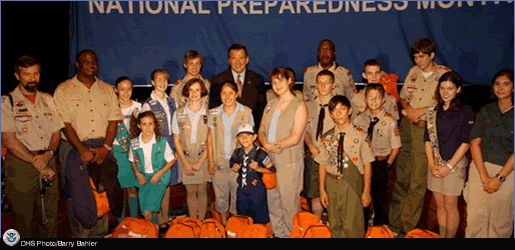
2016: FEMA’s Region 2 moved its regional headquarters to 1 World Trade Center.
